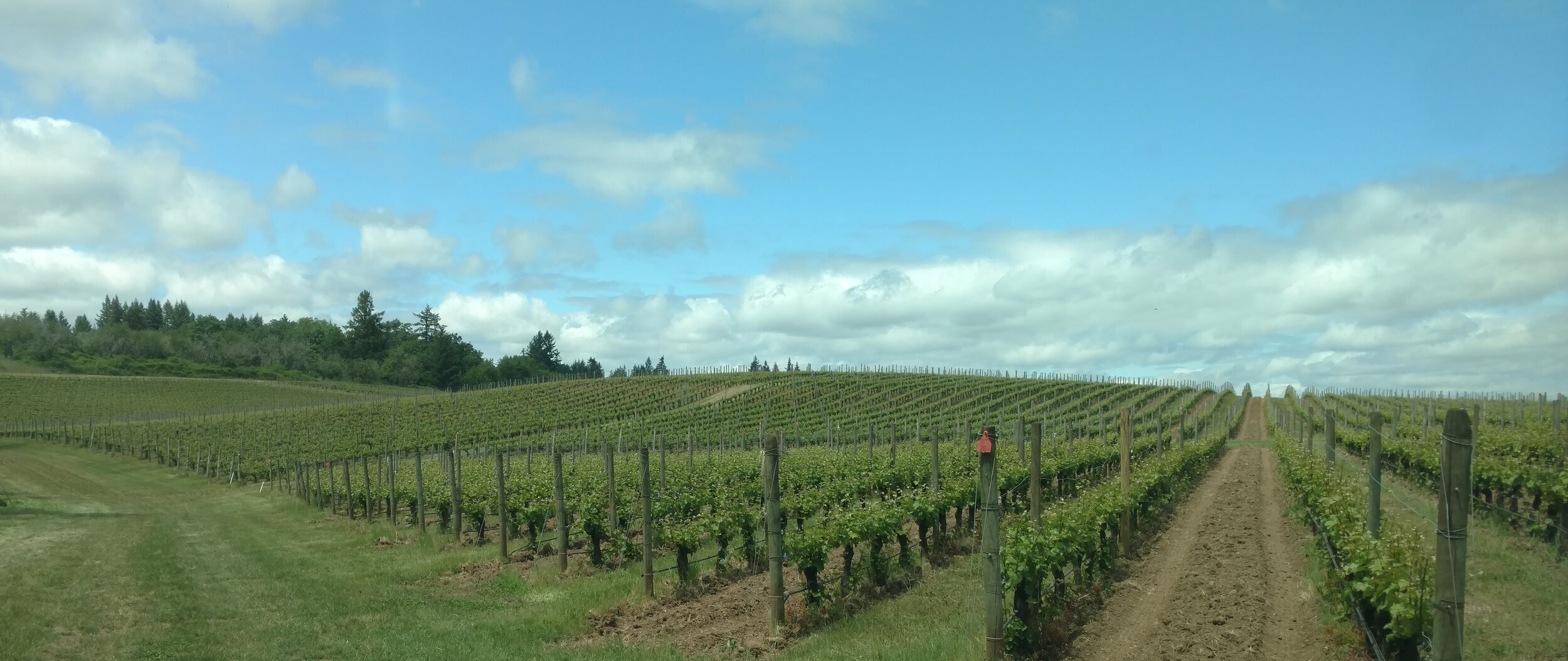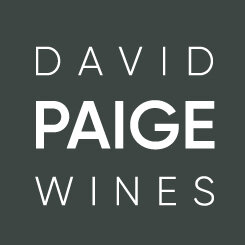
vineyards
The Willamette Valley is 150 miles long and 60 miles wide, covering 3,438,000 acres (5372 square miles) of which 23,524 are planted to vines. The region runs from Portland in the north to Eugene in the south and lies between the Coast Range to the west and the Cascade Range to the east. Within the Willamette Valley, there are currently nine AVAs: Eola-Amity Hills, Yamhill-Carlton, McMinnville, Dundee Hills, Chehalem Mountains, Ribbon Ridge, Van Duzer, Laurelwood and Tualatin Hills. We source fruit from multiple areas, including Chehalem Mountain. Our estate RPG Vineyard is well placed in the Eola-Amity Hills AVA.
rpg VINEYARD
Mature Vines Struggle Against the Rocky Soil, Producing Wines of Great Depth and Elegance
Our RPG Vineyard is planted on a rolling volcanic slope on the east side of the Eola-Amity Hills. There are a total of nearly 26 acres planted in RPG Vineyard, the majority is made up of Pinot Noir (22.55 acres) with the remainder made up of Chardonnay (1.37 acres) and Pinot Blanc (1.62 acres). Staying true to what drew Dave, John and George to the Eola-Amity Hills, David Paige Wines’ aim is to create great wines from Chardonnay and Pinot Noir that have classic character and highlight the terroir from which they are grown. They reinforce the status of Oregon wine country as one of the top areas on the planet for growing cool climate varieties.
gemini VINEYARD
A mix of old and new vines and old and new relationships
Gemini Vineyard is on the north side of the Chehalem Mountains in rich Laurelwood soil. It was established in 1995 by Dale Hatfield, who planted own-rooted Pommard clone Pinot noir and Pinot Gris. Dale adapted to the vigor of the site by using a Scott Henry trellis, which splits the canopy into two fruiting zones with new shoots growing both up and down. This gives balanced vines and a lot of sunlight into the fruit zone despite the extra growth, producing relatively high yields without any loss of quality.
I (Dave) first knew of Gemini through some old friends, Luisa Ponzi and Jim Prosser. I had tasted some of their wines from the site and knew some of its history. Jim introduced me to Luke and Emily de Hayr when they were looking for a vineyard site to launch their own brand. I introduced them to Dale and they purchased Gemini in early 2019. They were able to keep the vineyard manager who had worked with Dale for decades, so the de Hayrs have his experience with the site to draw on.
The confidence we have in this site comes from both its history and these relationships. We will be making some wine for Luke and Emily under their Gemini label, and look for some Gemini fruit to make it into our David Paige Wines starting with the 2020 vintage.
winemaking
“I have spent over 30 years learning the art, science, and craft of making wine, mostly right here in the Willamette Valley. I hold a deep respect for the many great vineyards I have come to know. My goal is to highlight what is special from each site.” - Dave Paige, Winemaker
My winemaking is driven by a simple premise: The Willamette Valley is one of the profoundly great places to grow cool-climate varieties, and the wines should always be about the fruit we grow here.
Don’t get me wrong, I have some opinions of my own. I like complex, elegant wines with lively fruit. Our Pinot noirs are well-structured and ageworthy, but not overpowered and heavy. Our whites are crisp and lively, with richness to match their acidity. But how we get there? That’s where the fruit comes in.
Every time fruit gets delivered to the winery, there are any number of options available before, during, and after fermentation. Some winemakers have favorite techniques that they nearly always use, others may have a style in mind that they’re shooting for. For me, though, different sites and vintages deserve different approaches. Decisions that seemed right for one batch of fruit aren’t always suited to the next. To make the best wine I need to remember that the fruit is in charge, and I’m just helping it become the best wine possible.
To do this consistently requires two things: strong familiarity with your vineyard sources and a deep understanding of winemaking techniques. We start each vintage with a large tool kit, and don’t decide which tools we’re going to reach for until we start tasting the fruit. I’m fortunate to have decades of experience with Pinot noir and Chardonnay in the Willamette Valley. I’ve worked with dozens of vineyards throughout the valley and have tried a lot of techniques over the years. So, when harvest starts and the next few tons of fruit arrive, I’ll put that experience to work and start making decisions.






